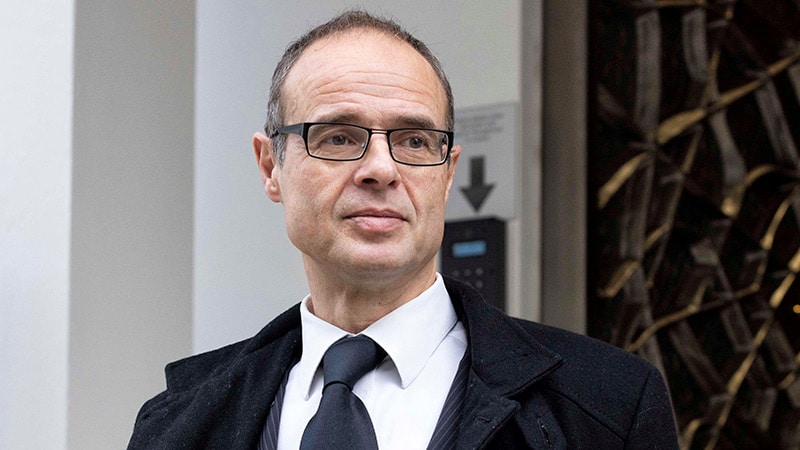NHS England leaders warned that the is heading into a winter "busier than ever before", as new monthly figures revealed escalating pressures in hospitals across the country.
Last month, 2.36 million attendances were recorded at A&E departments in England – a 5.9% increase on October last year.
There was also a notable increase in long waiting times for emergency treatment, figures released on Thursday showed. The number of people waiting more than 12 hours in A&E from a decision to admit to admission was 49,592 in October, a 13.9% increase year-on-year.
Rory Deighton, acute director at the NHS Confederation, said in a statement it was "very concerning that the health service is running so hot". He warned that, with a record number of patients, often with multiple or complex conditions, "there is a real risk services could become overwhelmed and fall into crisis". Deighton called for improvements in social care to help tackle bed blocking.
Record Emergency Admissions and Ambulance Strain
Average daily waits of more than 4 hours from a decision to admit to admission to an A&E also increased 3.4% in October compared with October last year. The government had set a target of admitting, transferring, or discharging 76% of all patients from A&E departments within 4 hours as of March 2024, with a further goal of 78% of all patients for March 2025.
The new figures showed that A&E departments met this timeframe for 73% of all patients in October.
It was a record month for emergency admissions, with 567,446 people admitted to A&E in October, up 3.8% on the same time last year.
Capacity in emergency departments was impacted by delays discharging patients, including to social and community care, according to NHS England. An average of 12,340 beds were taken up each day by people who no longer needed hospitalisation, it said.
Last month, ambulance teams responded to more calls than in any other October, with 759,019 incidents, the figures showed . The month also saw a record 84,108 of the most serious category 1 incidents, up 37% on the same period before the COVID-19 pandemic in October 2019. The mean average response time for the most serious incidents was 8 minutes and 38 seconds – above the standard response time of 7 minutes.
Health think-tank The King's Fund said t he figures raised question marks over Health Secretary Wes Streeting's announcement this week of NHS performance league tables. In a statement, its chief analyst, Siva Anandaciva, said "the NHS is already awash with data showing the pressure" and that "league tables alone will not lead to better and faster care this winter".
Routine Treatment Waiting Lists
Despite pressure on the NHS, hospital waiting lists for routine treatment edged lower, standing at an estimated 7.57 million in September, compared with 7.64 million in August. The median referral-to-treatment waiting time was 14.4 weeks in September compared with 14.7 weeks at the same time in 2023.
There was also reported progress on the number of people waiting more than 52 weeks for elective treatment in England, which was down by 33,321 in September to 249,343. However, NHS England missed its target to virtually eliminate waits of more than 65 weeks by September, with 22,903 still waiting that long.
Commenting on the latest figures in a press release, Professor Sir Stephen Powis, NHS national medical director, said A&E departments saw 10% more patients within 4 hours than the previous year, and noted that the use of innovations, including surgical hubs, helped the NHS deliver more tests and checks than any other September.
"While we continue to treat record numbers and deal with record demand, it is clear that there is still much further to go to return performance to the levels patients should expect and we will continue to work with government on the 10-Year Health Plan to address the needs of patients."
Peter Russell has been a journalist for 40 years covering international news, health, medicine, and national politics on radio, TV, and online. He is based in the UK.


